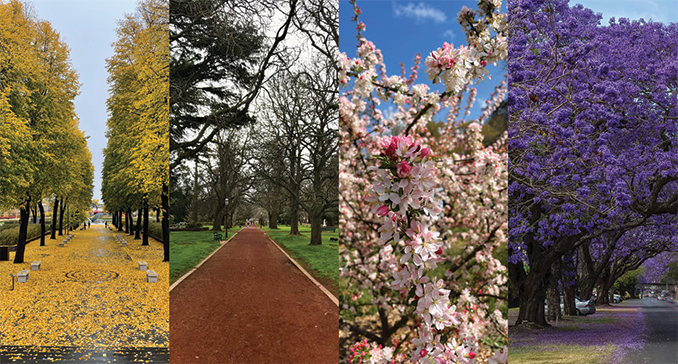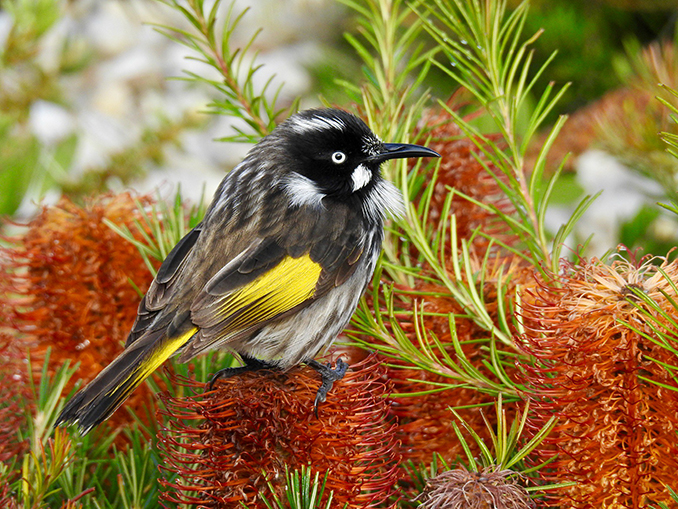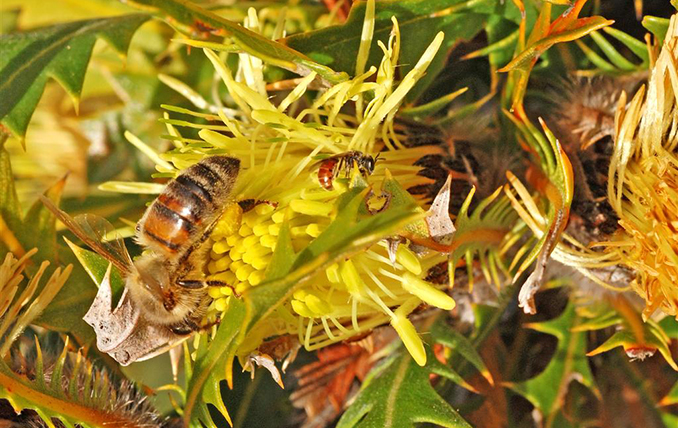As a landscape architect, it is crucial to understand the seasonal changes that occur on the land where we design. These changes affect multiple design aspects, such as visual appeal, practicality, ecological equilibrium, emotional connections, learning opportunities, and adaptation to the climate.

Often, when thinking about seasons, we seek to respond to the traditional four seasons (spring, summer, winter, autumn/fall) however, in many parts of the world, using four seasons based on calendar dates (1 day of a month or equinox/solstice) is not best suited. The indigenous people (First Nations, Traditional Owners) of the continents often refer to two, four, five, six, or more seasons, sometimes referred to as phases. These seasons or phases can be based on astronomy, lunar cycles, food (flora & fauna), or local weather changes and can differ between tribes/nations and from region to region within the same continent. This traditional knowledge is a valuable part of understanding seasons. Landscape architects can benefit from learning more about indigenous seasons and traditional knowledge to better design for local environments.
Incorporating seasonal changes into landscape design is a valuable practice that can enhance the aesthetic and ecological value of the landscape. We all have memories of places that are inextricably linked to the seasonal changes in the landscape. Whether it be the tree blossoms, the flowering meadows, or the changing foliage of a city or mountain, seasons are a valuable tool for creating interest and delight in a garden, park, or city. It is important to consider that designing for seasons can also promote a biodiverse landscape that benefits and attracts native fauna and supports the ecological balance of the landscape. Incorporating seasonal changes into landscape design is a valuable practice that can enhance the aesthetic and ecological value of the landscape. By designing for seasons, we can create a diverse and interesting landscape that is aesthetically pleasing and ecologically beneficial.


Cover/Top Image Credits:
Left to Right
1. Minneapolis Sculpture Garden (Tilia sp.) – Credit: Damian Holmes
2. Prime Ministers Avenue (Aesculus hippocastanum) – Ballarat Botanic Gardens – Credit: Damian Holmes
3. Malus × floribunda – Credit: Damian Holmes
4. Grafton, NSW, Australia (Jacaranda mimosifolia) – Flickr: John
Resources/References:
Indigenous Weather Knowledge – Bureau of Metrology – Australia
Indigenous seasonal calendars – CSIRO – Australia
Should Aotearoa ditch the four seasons? – The Spinoff – written by Te Kuru o te Marama Dewes – Aotearoa | New Zealand
Six Seasons of the Asiniskaw Īthiniwak (Rocky Cree) – Canada
Article written by Damian Holmes – Editor of World Landscape Architecture
Inspired by the ASLA word prompt of Seasons for 2024 World Landscape Architecture Month
